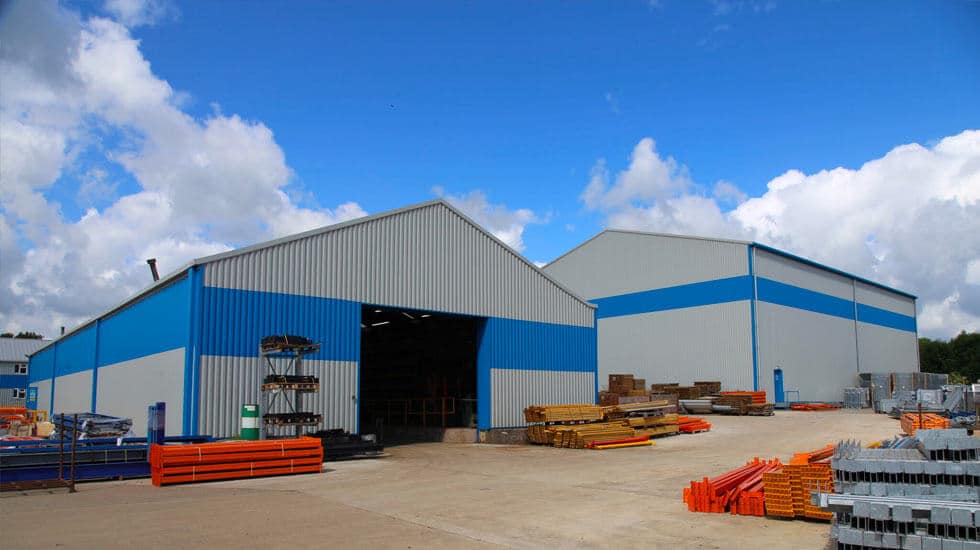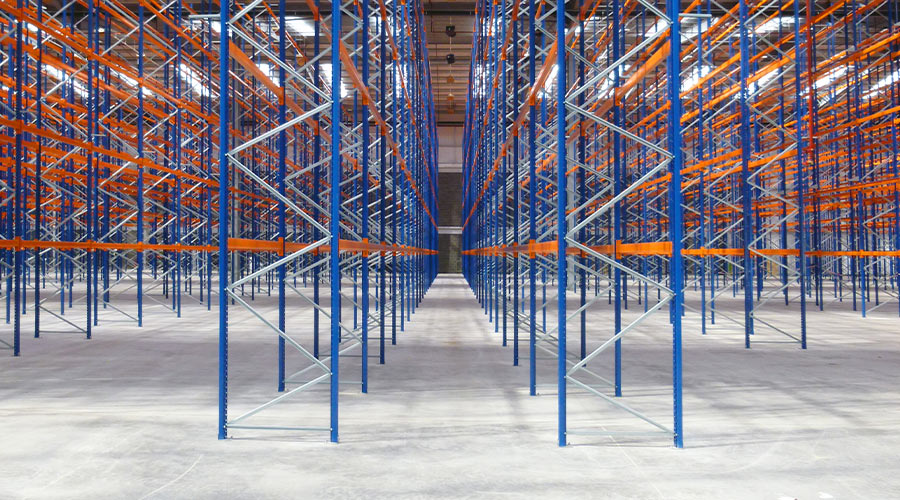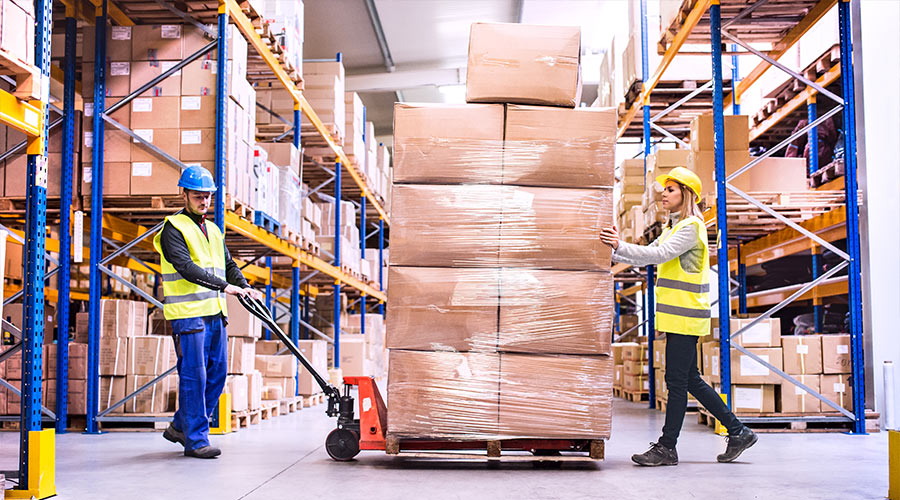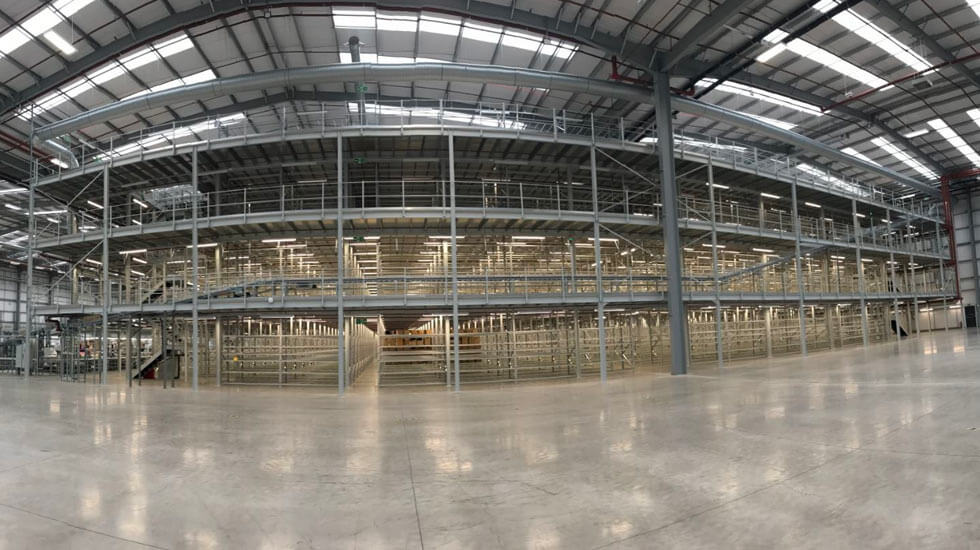Planning Your Warehouse For Brexit
Contents
The British warehousing industry is currently suffering from a hefty dose of Brexit-related strain.
Data from the UK Warehousing Association suggest that storage costs are up by more than 25 per cent and that around 75 per cent of warehouses are unable to take on business from new customers.
The current problems dogging the industry is ‘stockpiling’ in anticipation of a “no-deal” Brexit – one in which the UK walks away from the EU without a trade agreement. Warehouses need to deal with the problems they are facing now while at the same time preparing for issues that could arise if and when the UK finally gets its European divorce. Is your warehouse Brexit-ready? In this article, we’re going to look at some of the steps that you can take to prepare your warehouse for Brexit.
Make The Most Of Your Current Warehouse Space
With space at a premium, companies must make the best use possible of their current square footage.
There are three simple changes that you can do right now to maximise your existing space:
Narrow your aisles
Although some warehouses have aisles that are too narrow for forklifts, they’re the exception, not the rule. In most warehouses, the aisles are too broad: room for forklifts and then some. Narrowing your aisles will increase the overall square footage you can dedicate to inventory and reduce wasted space.
Separate your shipping and receiving areas
Separating your shipping and receiving areas doesn’t add any space to your warehouse, but it does reduce the chance of a picking or shipping error. Keep these areas of your warehouse running smoothly, and you’ll avoid creating bottlenecks.
Add mezzanine floors
If you have a lot of vertical space, adding in a mezzanine floor can increase your warehouse space by 100 percent.

Implement Supply Chain Mapping
During the Brexit discussions, we’ve heard a lot of talk about the possible “bottlenecks” at various UK ports. Post-Brexit, the EU could refuse to grant access to lorries leaving for the continent if politicians can’t reach a deal. Right now, Brexit talks on this front seem to be going well, but there is still a chance of a catastrophic scenario in which lorries are stuck at Dover and along the M20, unable to move to their destinations.
It’s vital, therefore, that warehouses map their existing supply chains to find out whether there are any weaknesses. You might be affected by problems at Dover and other European focused UK ports.

Reconfigure Your Existing Warehouse Layout
While temporary warehousing may sound like a solution, it’s expensive. In general, you are much better off reconfiguring your existing setup. But how?
Investing in reconfiguring your space (or at least reviewing how you use it) is often what generates the most substantial ROI of all warehouse initiatives. With better space planning, you can skirt around current limitations and get more done with less space. At Nene, we are offering our clients mobilisation solutions to optimise your exiting space.

Use Semi-Automated Systems
Amazon, JD.com, and Ocado are all famous in the warehousing industry for their impressive, fully autonomous fulfilment systems. These robot-dominated setups rely on a combination of sophisticated software and extremely high throughput.
While they’re impressive, it’s hard to make the case that these solutions are for everyone. Not all warehouses can make the business case for implementing multi-million-pound robot workforces. The good news, though, is that there is a halfway house, called semi-automated systems, that costs much less.
Semi-automated systems include things like dynamic racking systems and pallet shuttles. They automate an element of the warehousing process but don’t integrate all operations into a seamless solution. These systems increase pallet space and productivity, keeping costs low so it is worth exploring.

How can you make your warehouse ready for Brexit?
You can review and implement the following:
● Arrange your warehouse to maximise your current use of available space
● Use semi-autonomous, off-the-shelf solutions where possible to free up space and boost productivity
● Audit and reconfigure your existing warehouse layout
● Separating your receiving and shipping areas
Brexit might be around the corner, but with the proper planning and implementation, you can protect yourself and your colleagues through any problematic transitional period.



